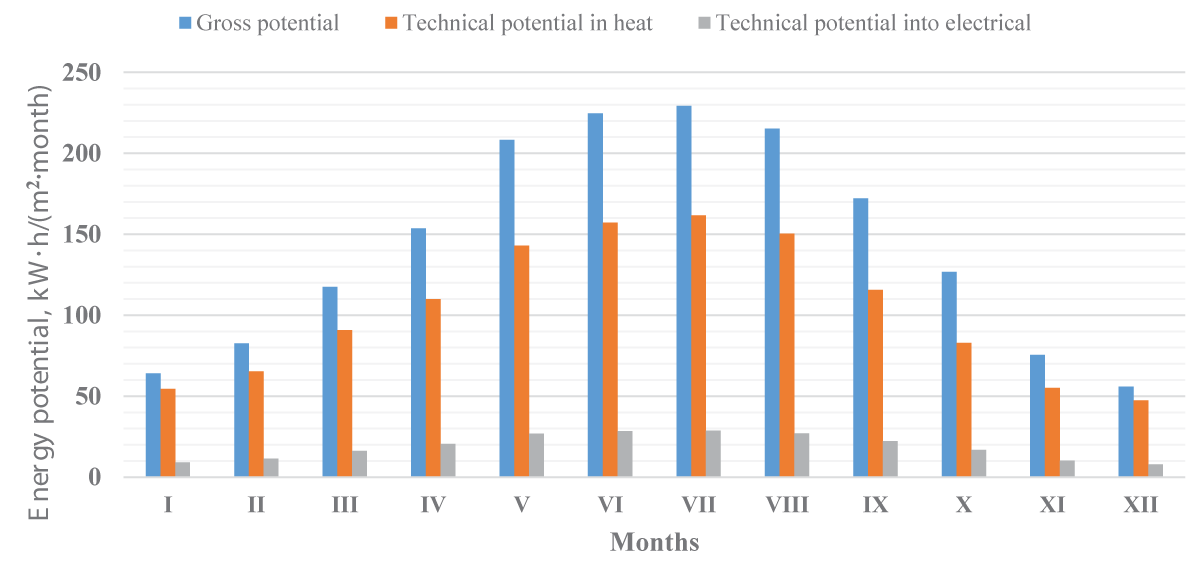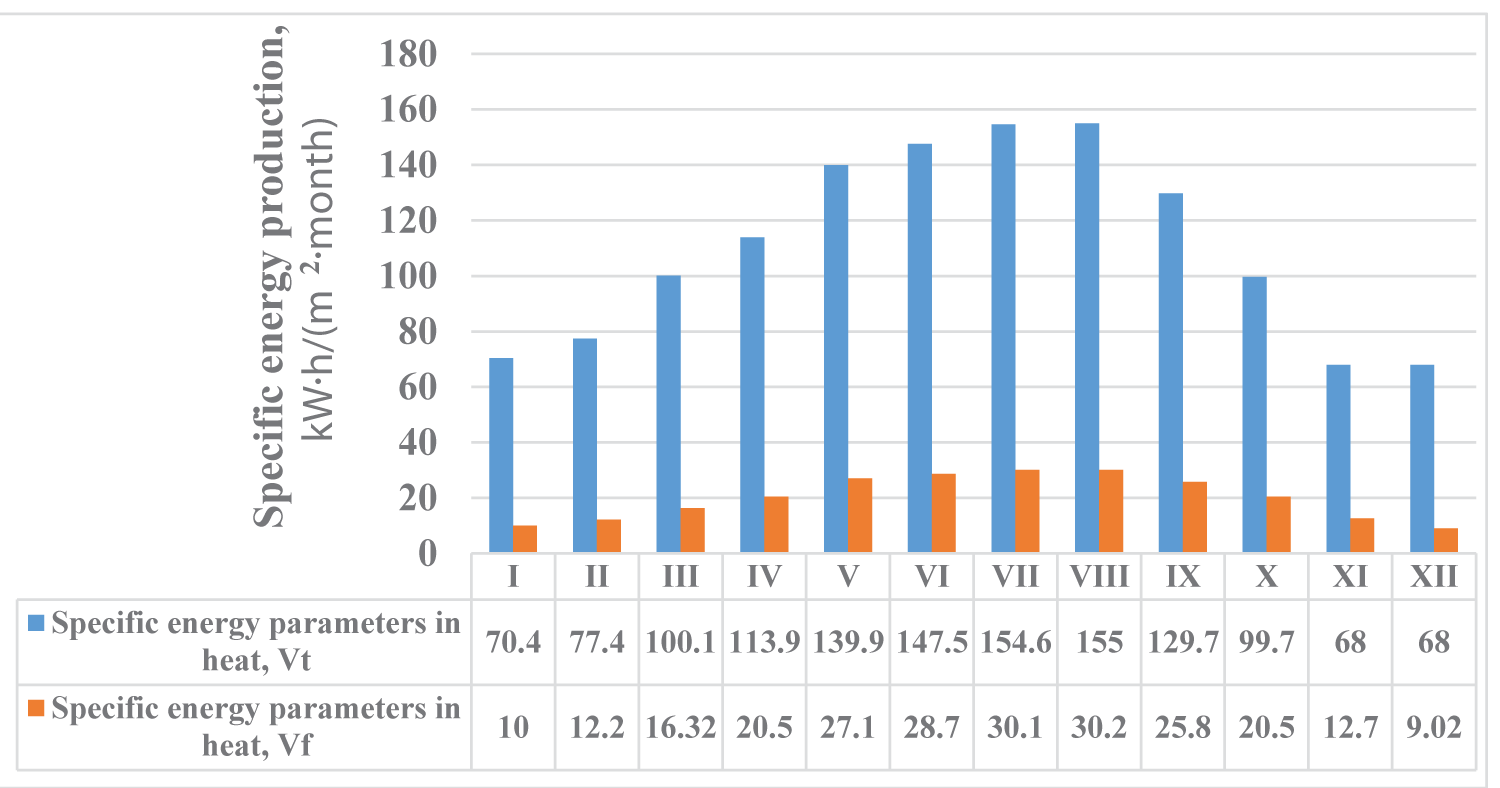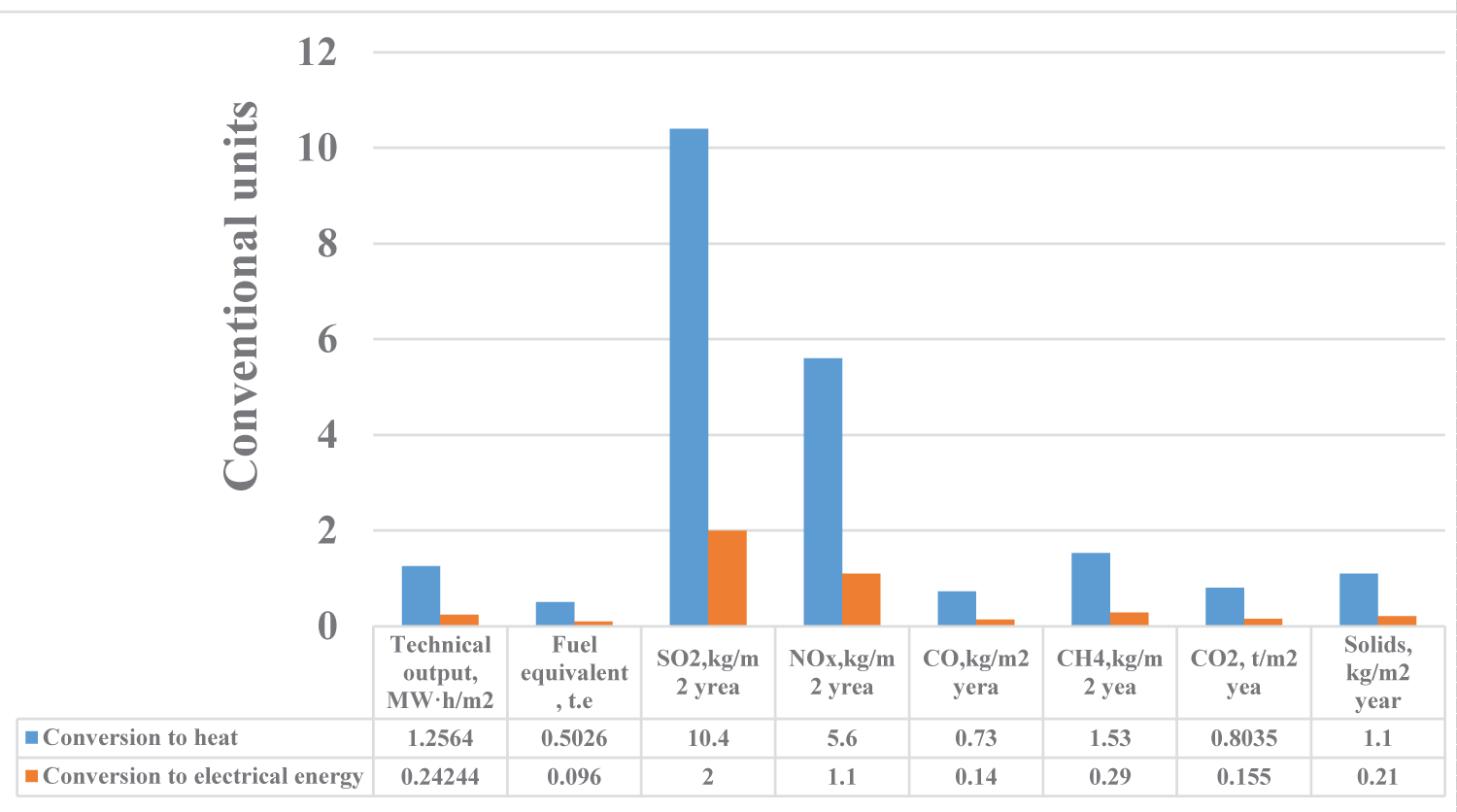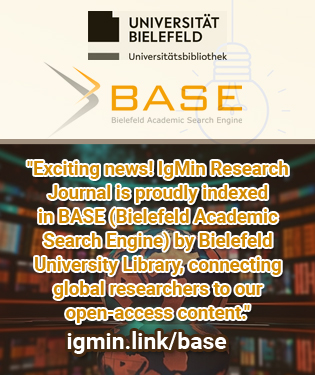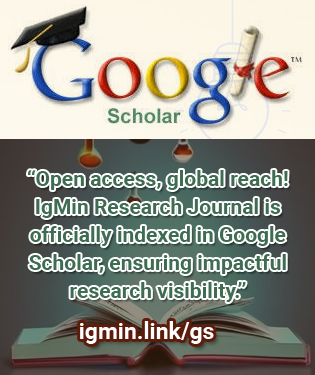要約
The article obtained systematized, scientifically substantiated gross, technical, economic, and environmental energy resource potentials from the introduction and use of solar energy technologies. The technical, economic, and environmental priorities of power plants were assessed in terms of energy efficiency, fuel economy, and the environmental impact per square meter from conversion to thermal and electrical energy in the city of Arkadag.
The calculated results are, kWh/m2 per year: gross resource potential of solar energy - 1844.6; the technical potential for conversion into thermal and electrical energy is equal to - 1256.44 and 242.44; economic - 502.6 and 96.98 kg fuel equivalent/m2 per year; environmental reduction in emissions of various harmful substances into the environment when using solar photovoltaic modules in the city of Arkadag will be: with annual electricity generation per m2 - 242.44 kW⋅h, annual fuel consumption savings - 96.96 kg. e., the reduction in emissions will be, kg per year: SO2 – 2.0; NOx – 1.1; CO – 0.14; CH4 – 0.29; CO2 – 155.0; solids – 0.21; when converted into thermal energy per m2 and annual production of 1256.4 kW⋅h, annual fuel savings are 502.6 kg of fuel equivalent; emission reduction will be, kg per year: SO2 – 10.4; NOx – 5.6; CO – 0.73; CH4 – 1.53; CO2 – 803.5; solids – 1.1.
Empirical equations (1-5) have been obtained taking into account the gross, technical, economic, and environmental resource potentials of solar energy in the city of Arkadag, it is possible to carry out energy and environmental forecasting when drawing up a feasibility study.




